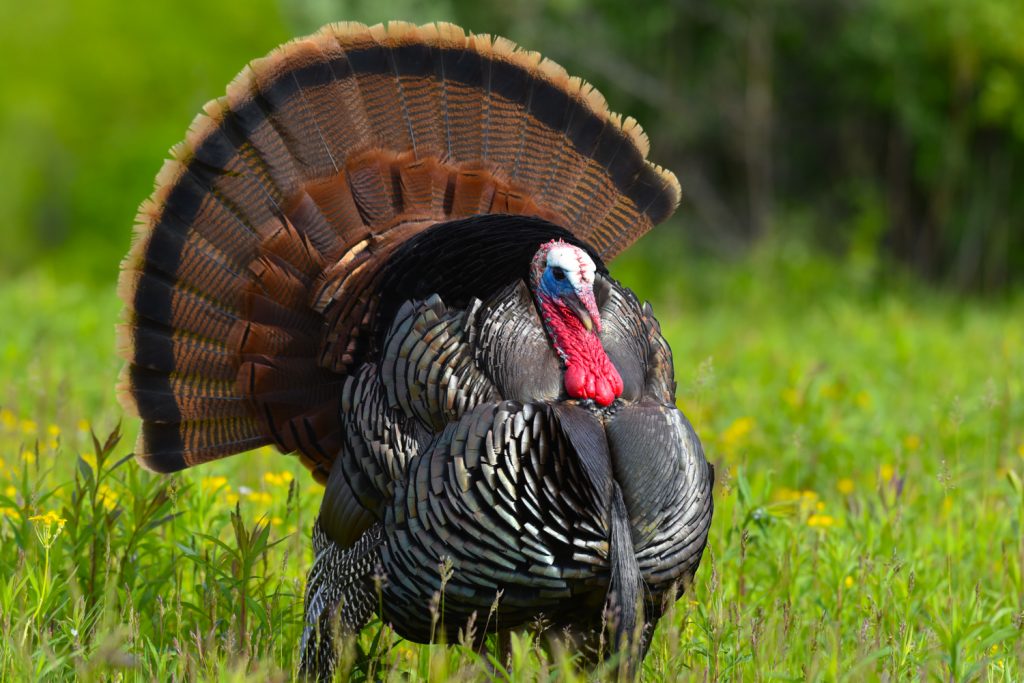
Hunting turkeys in the wilds of North America is an art that demands precision, patience, and a sprinkle of luck. But what sets an expert hunter apart from the casualist? The ability to read the moment—when to call, which type of call, and how to adjust for changing conditions. In this article, we’ll explore the ins and outs of turkey hunting strategy, focusing on when to make that noise, why it matters, and how to adapt your approach based on time of day, weather, and seasonal needs.
The Art of Timing: When to Call
Imagine a quiet morning in early spring—gobblers are still active, but they’re probably napping. Picture them resting under their favorite trees or along the edges of water sources like ponds or streams. This is when a gentle yelp or a soft peck can pique their curiosity and coax them into a closer position.
But as the sun rises higher, gobblers become more active, chasing each other around the woods to establish dominance during breeding season. At this point, you’ll need to up the ante with a harder, more exciting call—perhaps an excited yelp or a short cut that signals urgency.
What about when the turkey is standing in open areas? Early spring mornings often find turkeys on the move as they search for fresh grasses and seedlings. A slight rustle from a branch or tree can spook a gobbler, but you need to be ready with a call—whether it’s a subtle peck or a more forceful gobble.
The Weather Factor: Adjusting Your Calls
Weather plays a crucial role in how far your calls travel and which type of sound is most effective. On a crisp, calm morning, softer sounds like kee-kees or soft whistles can carry quite a distance. These are great for long-range hunting because they’re less likely to be heard by other gobblers.
But when the weather takes a turn for the worse—windy or rainy days—your calls need to get louder and more urgent. A harder peck, an excited yelp, or even a short, quick gobble can be heard farther in these conditions. Think of it like a phone call during bad weather: you need your message to be clear and direct.
Seasonal Adjustments: Turkeys on a Schedule
Fall is when the turkeys start their mating rituals in earnest—longer gobbles, excited yelps, and maybe even some struts or winks. On the other hand, spring’s peak mating season requires different types of calls to entice these birds out from cover.
In early spring, when gobblers are most likely to be resting on trees or along water sources, a soft peck is your best bet. As the sun climbs higher and turkeys become more active, you’ll need to switch gears with harder, more exciting calls to keep them interested in the chase.
What about late spring? When the weather turns warm and humid, your calls might need to take on a different tone altogether. A soft, melodic peck could be just the ticket, while an excited yelp or gobble works better in cooler conditions.
The Master Hunter: Adaptability is Key
The best hunters are the ones who can adapt their strategies based on real-time conditions. If you’re out hunting in early spring when gobblers are napping, a soft, melodic peck will likely yield better results than an excited yelp or gobble. But if the weather turns bad and your calls aren’t traveling well, don’t be afraid to dial them up.
Another critical factor is understanding what each bird is doing. A gobbler may respond best to gentle sounds like kee-kees or soft pecks, while an excited tom might prefer a harder, more urgent call. By listening for their specific cues and responding with the right type of call, you can significantly improve your chances of success.
Final Thoughts: Adaptability Makes All the Difference
Turkey hunting is about more than just making noise—it’s about understanding when and why certain sounds work best. Whether it’s adapting to spring mornings or changing weather conditions, the key is to stay flexible and responsive to the moment.
So next time you’re in the field, take a moment to assess your surroundings, listen for clues from the turkeys around you, and adjust your approach accordingly. With practice and a willingness to adapt, you’ll soon find yourself standing out among other hunters—whether they’re hunting turkeys or just passing through on their way to a different destination.
In the words of the legendary turkey hunter Bob simplson: “The key to success is not just making noise—it’s knowing when and why to make that noise.”
